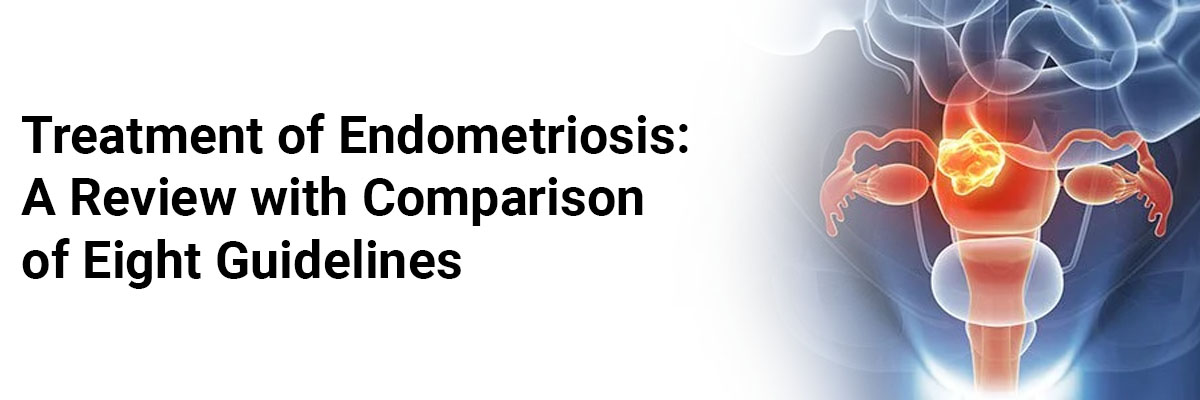
 IJCP Editorial Team
IJCP Editorial Team
Treatment of endometriosis: a review with comparison of eight guidelines
Endometriosis – characterized by the presence of extra-uterine endometrial-like tissue, is common among women of reproductive age. Its prevalence is 10% and various treatment modalities have been employed to manage its symptoms.
A recent review aimed to provide an overview of the therapeutical approaches of eight national and international widely used guidelines.
The review included six national and two international guidelines including the National Institute for Health and Care (NICE), American College of Obstetricians (ACOG), Gynecologists, American Society for Reproductive Medicine (ASRM), and the European Society of Human Reproduction and Embryology.
For the surgical approach to endometriosis laparoscopic surgery is preferred to laparotomy – for managing the associated chronic pain and infertility.
Postoperative hormonal treatment could be considered secondary prevention. Preoperative hormonal treatment was recommended while postoperative hormonal treatment could be considered as a secondary preventive measure.
For peritoneal endometriosis, treatment of superficial endometriosis is advised for patients presenting with pain. Excision may be considered in cases with mild endometriosis and infertility.
In cases with ovarian endometriosis laparoscopically cystectomy of endometriomas larger than 3 cm has been found to be superior to drainage and ablation with electrocoagulation. Another modality includes laser vaporization. ACOG recommends that the cyst wall should be removed to obtain a histological sample, particularly in cases without a previous diagnosis of endometriosis – to exclude the risk for malignancy.
Oocyte freezing should be discussed with young patients prior to surgery for endometrioma as the chances for infertility after the excision is high.
For deep infiltrating endometriosis (DIE) nodules surgical excision has been recommended. However, surgical management is associated with substantial intraoperative and postoperative complication rates – including leaks from anastomosis, fistulas, rectal dysfunction, and bladder atony. Further, preoperative imaging with ultrasound or MRI has been advocated.
All the above-mentioned guidelines agree that the combined oral contraceptive pill and progestogens are therapies recommended for endometriosis-associated pain. Concerning infertility, there is no clear consensus about surgical treatment. Discrepancies are also found in the recommendation of the second-and third-line treatments.
All guidelines concurred that hysterectomy involving excision of endometriotic lesions is deemed the last option – in women who have completed their family planning and fail to respond to more conservative treatments.
Source: BMC Womens Health. 2021 Nov 29;21(1):397. doi: 10.1186/s12905-021-01545-5.

IJCP Editorial Team
Comprising seasoned professionals and experts from the medical field, the IJCP editorial team is dedicated to delivering timely and accurate content and thriving to provide attention-grabbing information for the readers. What sets them apart are their diverse expertise, spanning academia, research, and clinical practice, and their dedication to upholding the highest standards of quality and integrity. With a wealth of experience and a commitment to excellence, the IJCP editorial team strives to provide valuable perspectives, the latest trends, and in-depth analyses across various medical domains, all in a way that keeps you interested and engaged.


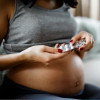
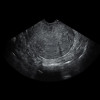


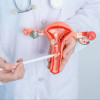



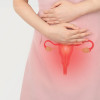




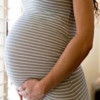
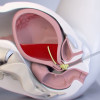

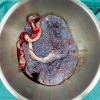
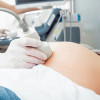

Please login to comment on this article